Banning overtaking, increasing police patrols and improving lighting at junctions have all been suggested as possible ways to improve safety on the A9 after an alarming few weeks.
A commitment to dualling the route between Inverness and Perth by 2035 was made by the Scottish Government last December.
But that was only after the previous one to complete the project by 2025 fell by the wayside.
With more than a decade to go before the dualling is finished, drivers are anxious to see the route made safer.
That feeling was heightened after there were three serious accidents between Aviemore and Dalwhinnie in the space of three weeks.
With the busy tourist season just around the corner, the pressure is only going to increase.
Here we take a look at some of the suggestions that have been made to improve things.
A9 drivers ‘have to modify their behaviour’
Laura Hansler has been one of the most outspoken campaigners on A9 dualling in recent years.
Her 2022 petition calling on the Scottish Government to complete the project by 2025 and improve the route’s safety record attracted more than 4,000 signatures and led to a formal inquiry being called.
On the popular A9 Dual Action Facebook group she polled members on whether they thought banning overtaking on single carriageway sections of the road was the answer.
The question prompted a fiery response with 86% of the 934 people voting against the idea.
Ms Hansler said that wasn’t her view and she wrote the “provocative” post to ignite a fresh discussion on safety.
“I very rarely overtake on single carriageway sections of the road,” she said. “It would be exceptional circumstances and I hold an advanced licence.
“What we’re trying to get through people’s heads is that these horrific head-on collisions are overtakes.
“People have to modify their behaviour and if they’re not going to modify their behaviour, we have to modify the road.”
Education key to A9 improvements before dualling project is finished
Neil Greig is policy and research director of the road safety charity IAM RoadSmart.
He supports the dualling project and believes it will remove most of the factors behind serious crashes on the A9.
But banning overtaking on the single carriageway sections would ultimately cause more problems than it would solve.
Mr Greig said: “It would just lead to even longer platoons behind slow moving vehicles, even more distracted and frustrated drivers and even more dangerous behaviour on the dual carriageway sections.”
A greater police presence would be welcomed. But it would have to be a “substantial increase” to see a major benefit on the ground.
Instead, he believes that improving junctions could have a positive effect and that driver education is key to keeping people safe.
Mr Greig added: “Side impacts are one of the least survivable crash types. So good junction design, lighting and road markings are now more crucial than ever.
“Education rather than engineering is going to be the main way of communicating good practice and safe driving and riding information to A9 users until we finally get a modern dual carriageway from Perth to Inverness.
“The dangers of driving tired, information for tourists and optional routes to avoid the highest risk junctions would all help.”
Are north sections of the A9 being neglected?
More portable electronic message signs have been deployed by Transport Scotland.
But Mr Greig said they often look “cheap and nasty” with messages hard to read in time.
He also wants to see improvements made to lay-bys and more places available to stop.
Inverness and Nairn SNP MSP Fergus Ewing has been highly critical of his own party’s failings with the A9 dualling promise.
He is regularly contacted by constituents concerned about the road’s safety record.
“The Scottish Government needs to do more to listen to the views of the people who actually use the road,” he said.
“My view is that several additional measures may be useful. Notably, far better lighting at junctions.
“It is much superior south of Perth on the A9 at junctions like Blackford.
“Look at the height and quality of light shed by the huge lampposts there. And then compare them with Aviemore, for example.
“And second, that the actual speed limits for ordinary vehicles be displayed. At present, foreign drivers may be unaware of the unrestricted speed sign.”
How have the police and Transport Scotland responded?
Several regular users of the road have asked for greater visibility of police patrols on the A9 to discourage poor driver behaviour.
But a spokeswoman for Police Scotland said the force is already working “tirelessly” to improve road safety.
She added: “We have dedicated patrols every day on key routes such as the A9 to positively influence driver behaviour and respond to community concerns.
“We will continue to educate road users, carry out enforcement and work alongside our road safety partners.”
Safety performance is monitored across the country by Transport Scotland annually.
The agency announced £5m of funding for some short-term safety measures in response to a huge spike in accidents in 2022.
There was also two road safety campaigns aimed at fatigue and “drive on the left” awareness.
Variable message signs have been used at specific locations to reinforce safety messages.
A spokesman for Transport Scotland said: “These signs will be deployed again in 2024.
“The [safety] works consist of upgrades to the transitions between single and dual carriageway sections, improved junction markings and signs and road markings to affirm ‘drive on the left’ on the single carriageway sections.
“Works will continue until March 2025.”
Calls for improvements on the A9 have been made by people across the Highlands for decades.
But progress has been slow.
Last August, the Press and Journal asked north politicians to back a pledge agreeing that the route must be dualled as promise between Inverness and Perth.
19 out of 23 politicians from the region signed it.
The latest estimate cost to dual the road between Inverness and Perth is £3.7bn.
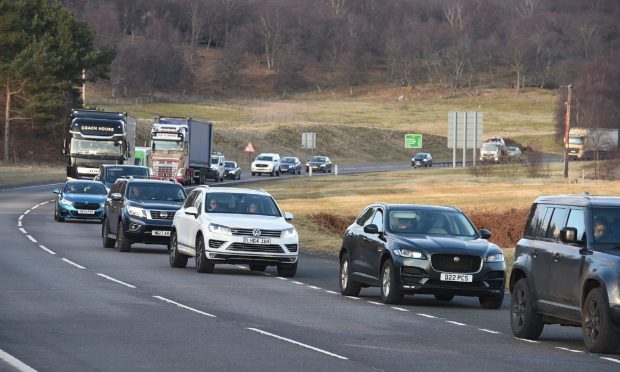
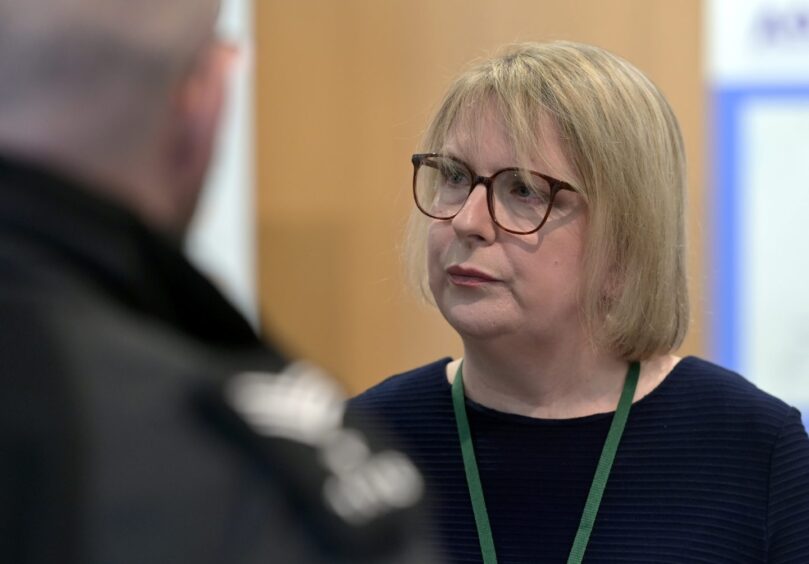

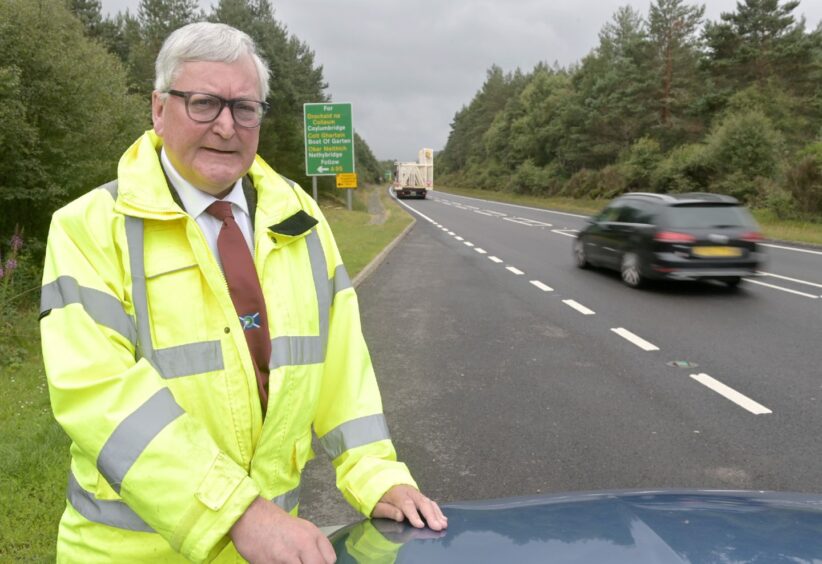
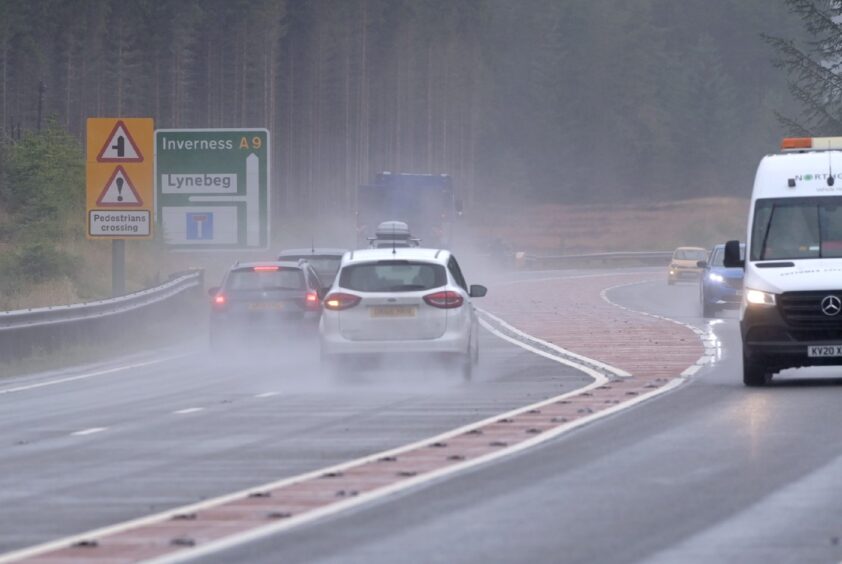
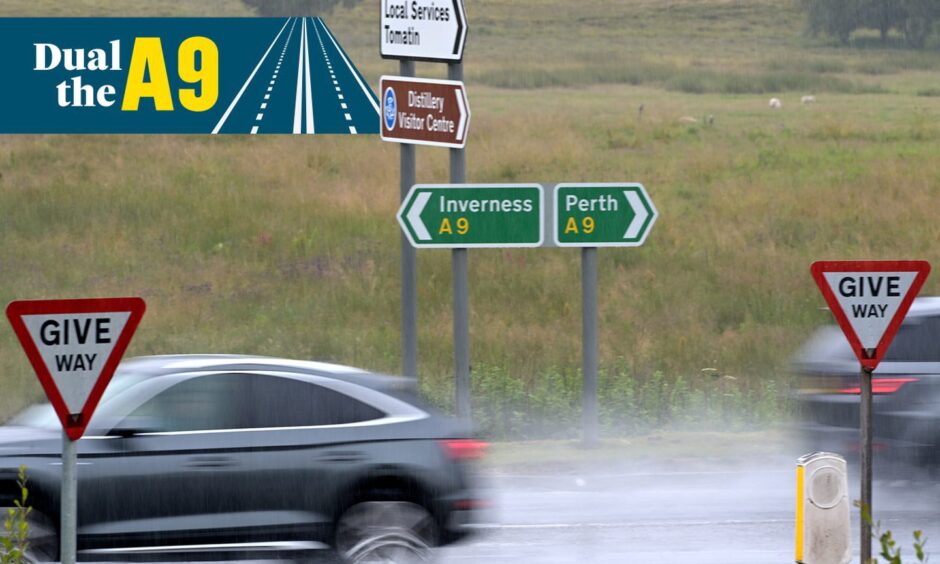
Conversation